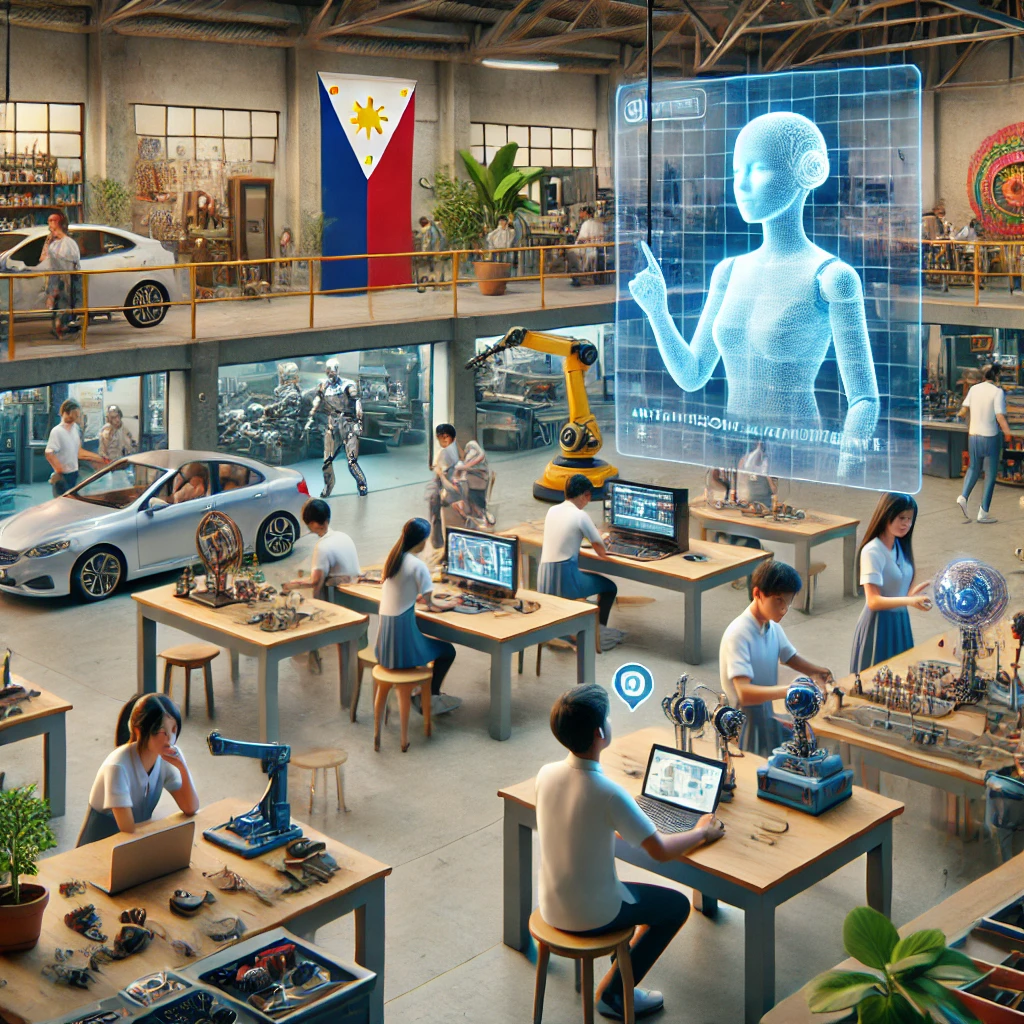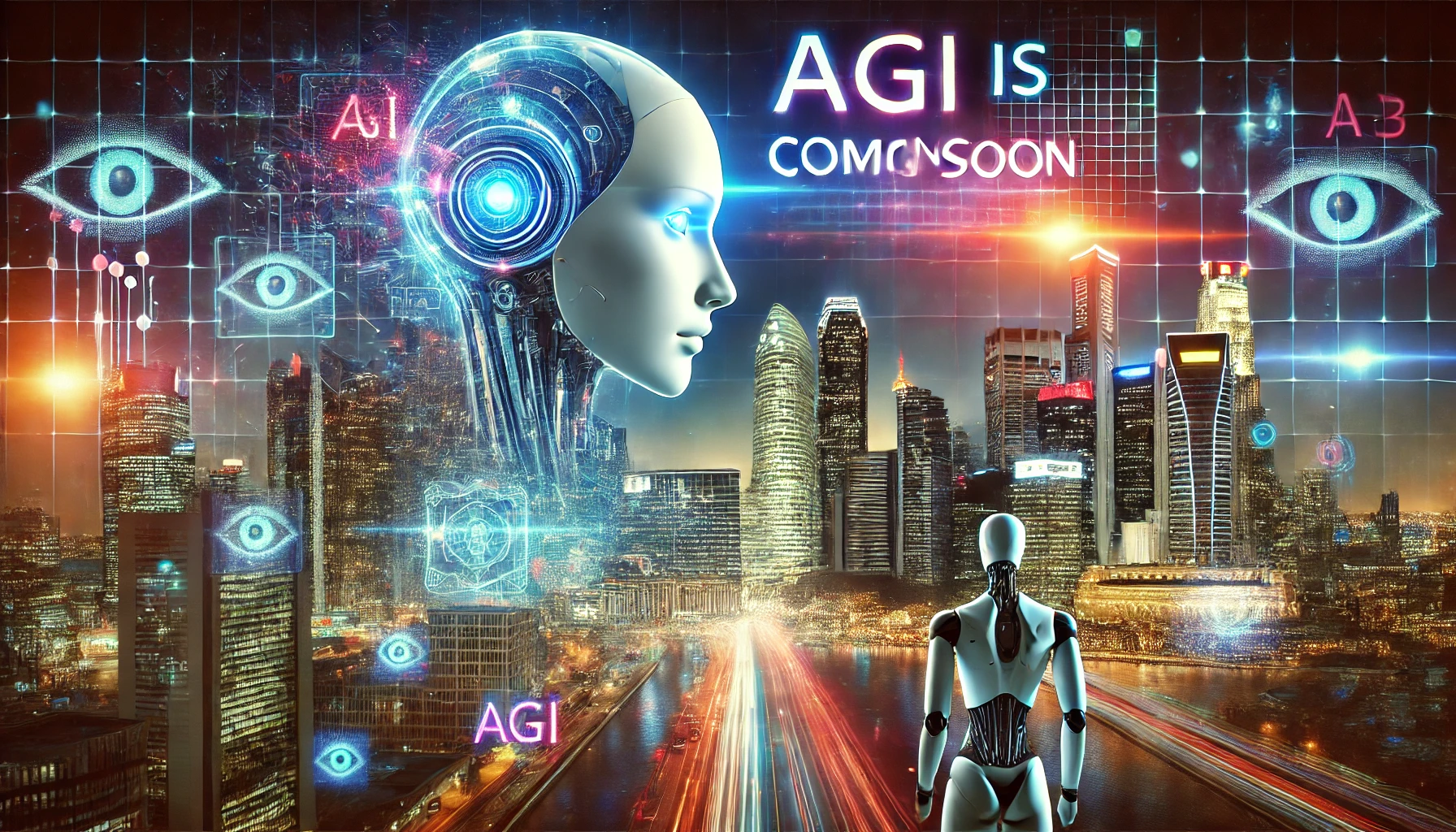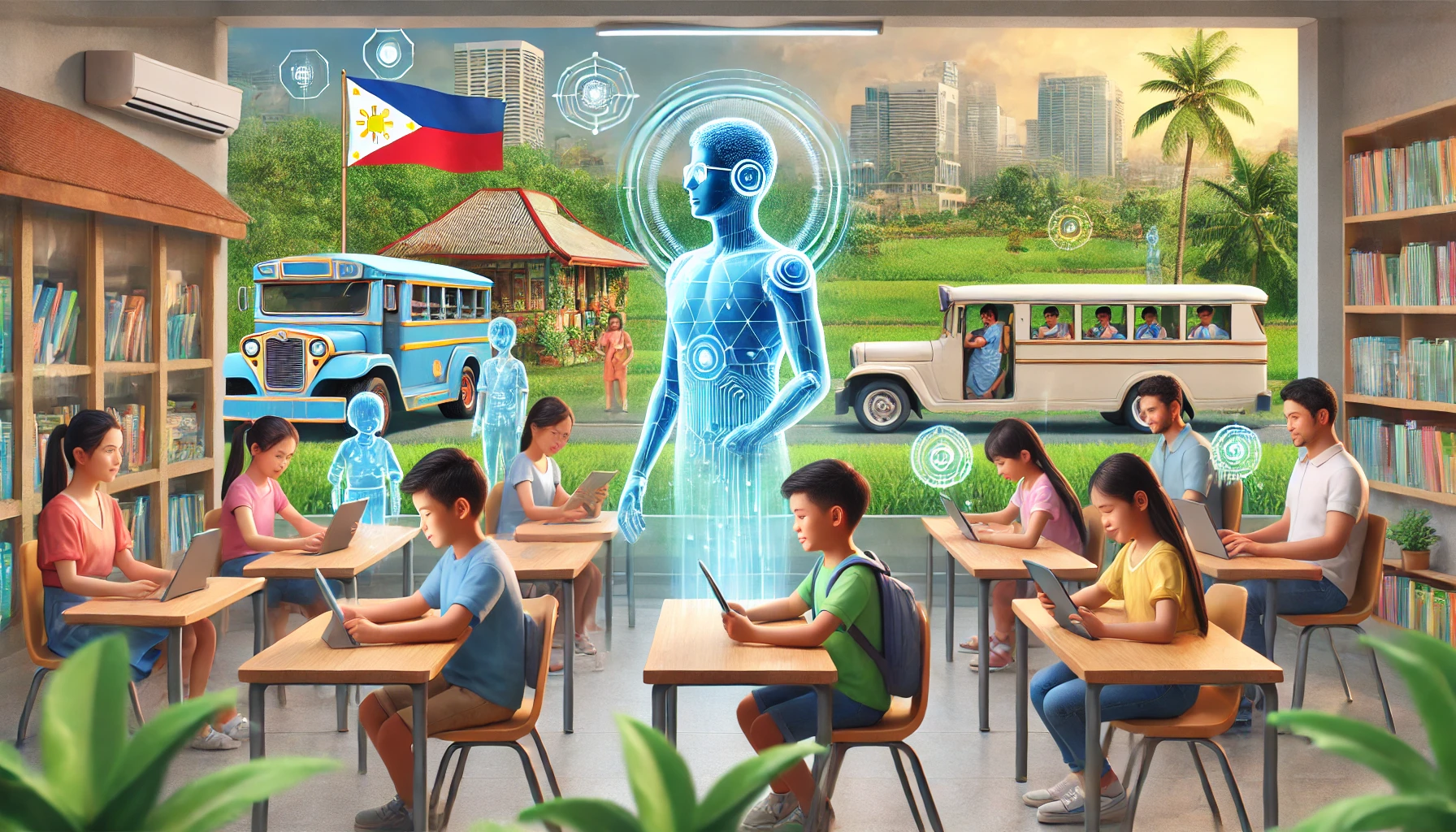The Philippines has a robust vocational and technical education system, designed to equip students with practical skills to meet the demands of industries such as construction, healthcare, agriculture, and information technology. However, the rapid pace of technological advancement poses challenges for traditional training methods. Artificial General Intelligence (AGI), with its ability to learn and perform a wide variety of tasks, offers a transformative solution for vocational and technical training in the Philippines.
Current Challenges in Vocational and Technical Training
- Resource Limitations
Many vocational schools in the Philippines lack up-to-date equipment and facilities, limiting the hands-on experience students can gain. - Skill Mismatch
There is often a gap between the skills taught in schools and the actual requirements of the job market, leading to underemployment or unemployment. - High Costs of Training
Advanced training programs often require expensive equipment, making it inaccessible for many students. - Limited Access to Expert Instructors
Remote areas struggle to attract and retain qualified instructors, leaving many students without adequate guidance.
How AGI Can Revolutionize Vocational and Technical Training
AGI, a next-generation technology capable of understanding and solving problems across diverse domains, can address these challenges and transform the training landscape.
- Personalized Learning
AGI-powered systems can assess individual student progress and adapt lessons to their learning pace and style. For instance, a student struggling with automotive repairs could receive additional virtual simulations and tailored guidance until they master the skill. - Virtual Simulations and Immersive Learning
Through AGI, students can train in hyper-realistic virtual environments that replicate real-world scenarios. This eliminates the need for costly physical equipment and allows for safe, repeatable practice. For example:- Simulating welding techniques.
- Performing medical procedures in a virtual operating room.
- Predictive Labor Market Alignment
AGI can analyze labor market trends and predict future skill demands, ensuring that training programs are aligned with emerging industries, such as renewable energy or AI-driven manufacturing. - Affordable and Accessible Training
With AGI, students in rural areas can access high-quality training through online platforms. Virtual AGI tutors can provide 24/7 assistance, breaking the dependency on physical infrastructure and human instructors. - Upskilling for Instructors
AGI can also train educators, enabling them to stay updated with the latest industry trends and teaching methodologies. This creates a multiplier effect, as better-trained instructors lead to more skilled graduates.
Real-World Applications
- Agriculture
AGI can teach farmers precision agriculture techniques, such as using drones for crop monitoring and analyzing soil health, to increase productivity. - Healthcare
Vocational training for healthcare workers can integrate AGI-driven simulations for administering treatments, emergency response, and patient communication. - Construction
Trainees can learn advanced construction techniques, safety protocols, and equipment handling through AGI-guided virtual reality modules. - IT and Technology
The IT-BPM sector in the Philippines can benefit from AGI-powered coding tutorials, cybersecurity training, and AI development courses, creating a workforce ready for the future.
The Road Ahead: Challenges and Recommendations
While the potential of AGI in vocational training is immense, its implementation comes with challenges:
- High Initial Costs: Developing AGI systems and infrastructure requires significant investment.
- Digital Divide: Limited internet access in rural areas could hinder AGI adoption.
- Ethical Concerns: Ensuring that AGI complements human instructors rather than replacing them is critical.
Recommendations:
- Public-Private Partnerships: Collaboration between the government, educational institutions, and tech companies can fund and scale AGI-based training programs.
- Internet Expansion: Expanding digital infrastructure, such as through the National Broadband Plan, is essential to bring AGI to all regions.
- Policy Frameworks: Policies should regulate AGI use in education to ensure ethical implementation and equitable access.
Conclusion
The integration of Artificial General Intelligence in vocational and technical training holds transformative potential for the Philippines. By addressing resource gaps, aligning skills with market needs, and making training accessible, AGI can empower Filipino workers to thrive in a competitive, technology-driven world. With strategic investments and collaborative efforts, the Philippines can lead the way in leveraging AGI for education, ensuring a skilled and future-ready workforce.
[SEO optimized]


